STEER Himalaya: A Student’s Reflection
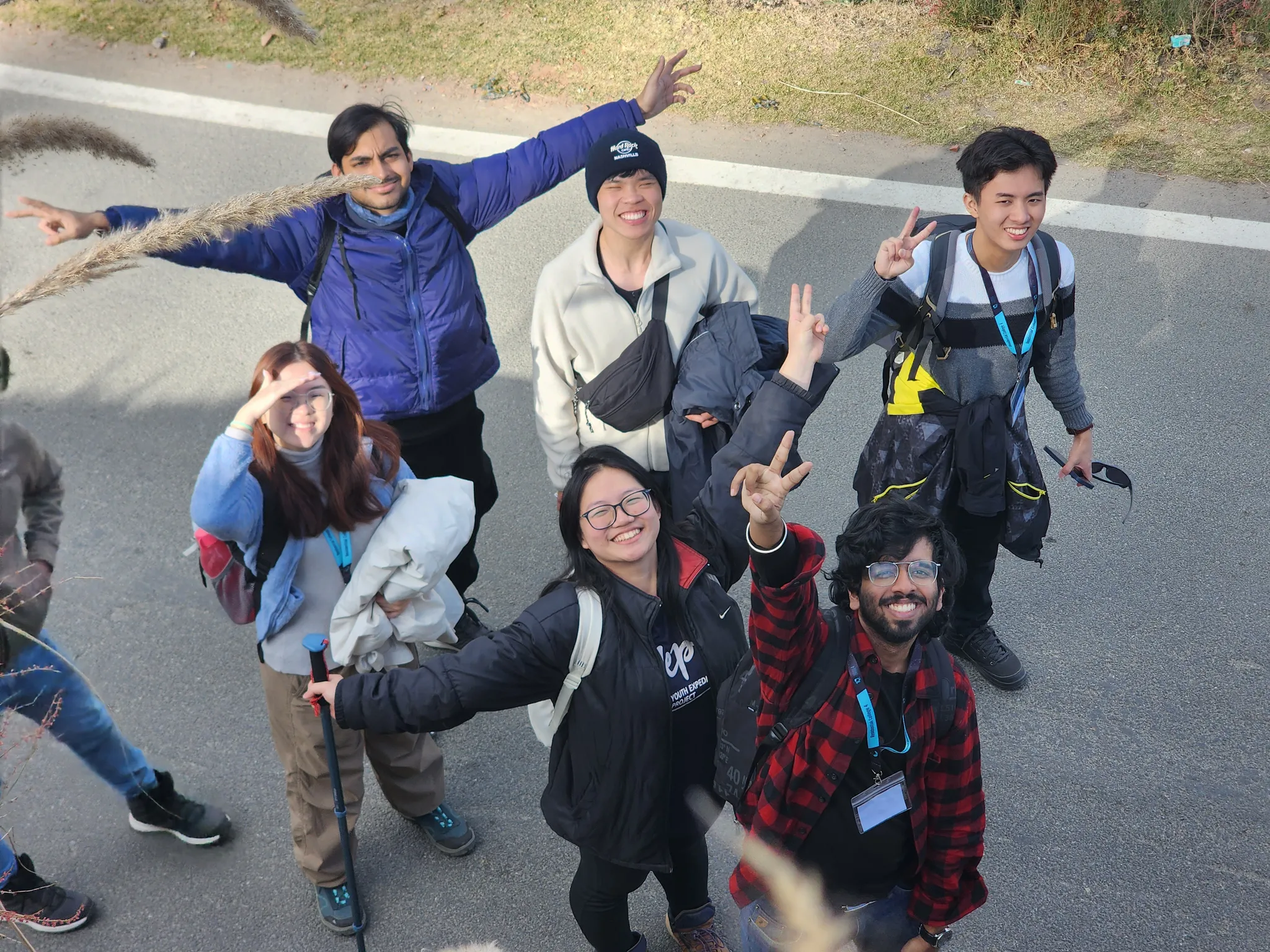
STEER Himalaya: A Student's Reflection
Written by Aditya Jayaraj
As an Indian myself, I confess that India’s name may not convey the most favourable impression to outsiders. Despite this, I firmly believe that India features some of the most incredible landscapes the world has to offer, dotted with some of history’s most beautiful architecture and dashed with a medley of cultures and languages. If there’s one thing about STEER Himalayas that I’m grateful for, it’s for giving Singaporeans the opportunity to explore India safely and to behold its beauty.
No doubt, the most eye-catching of STEER Himalayas’ offerings is the incredible views of the Himalayan mountains.
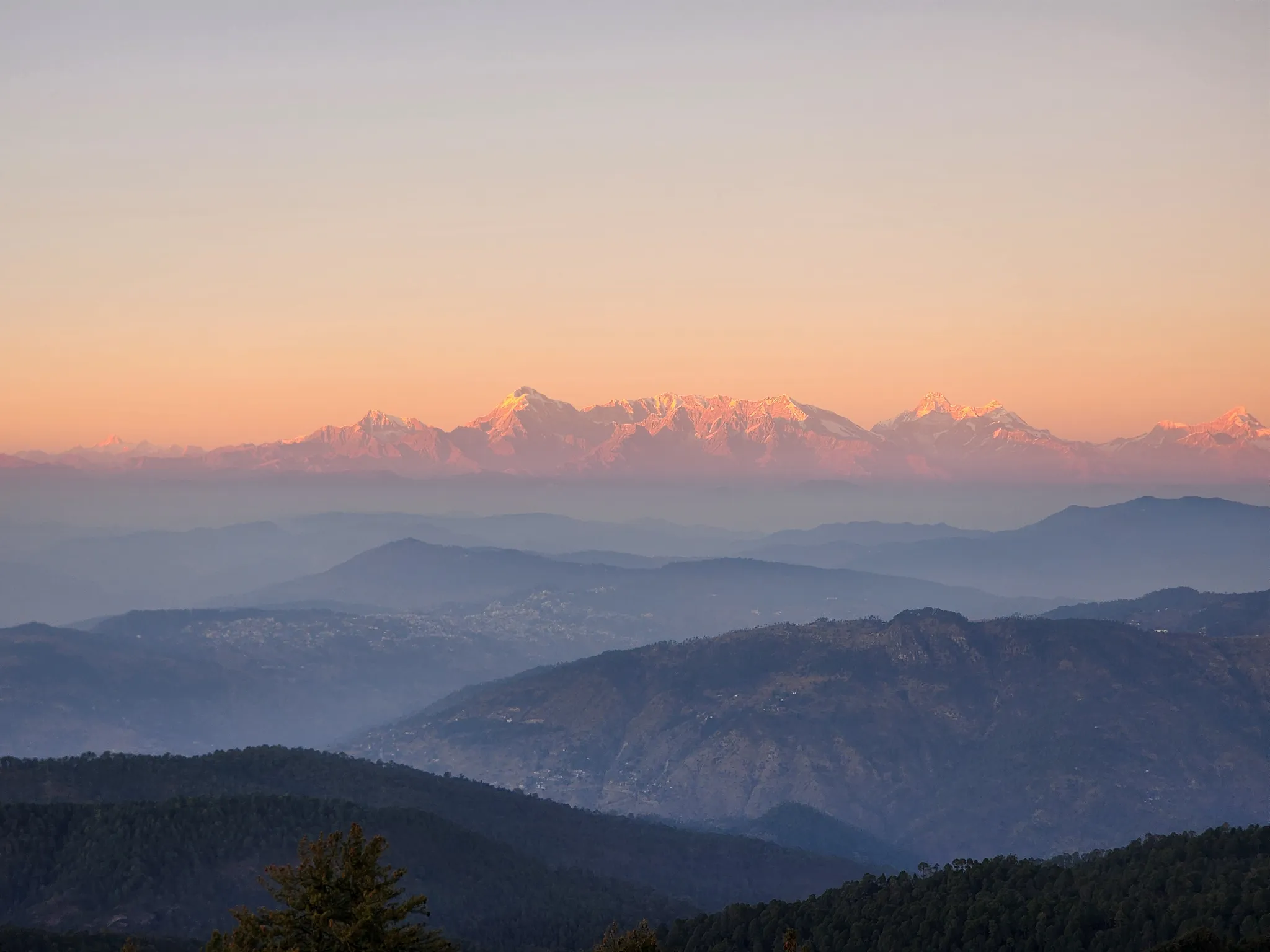
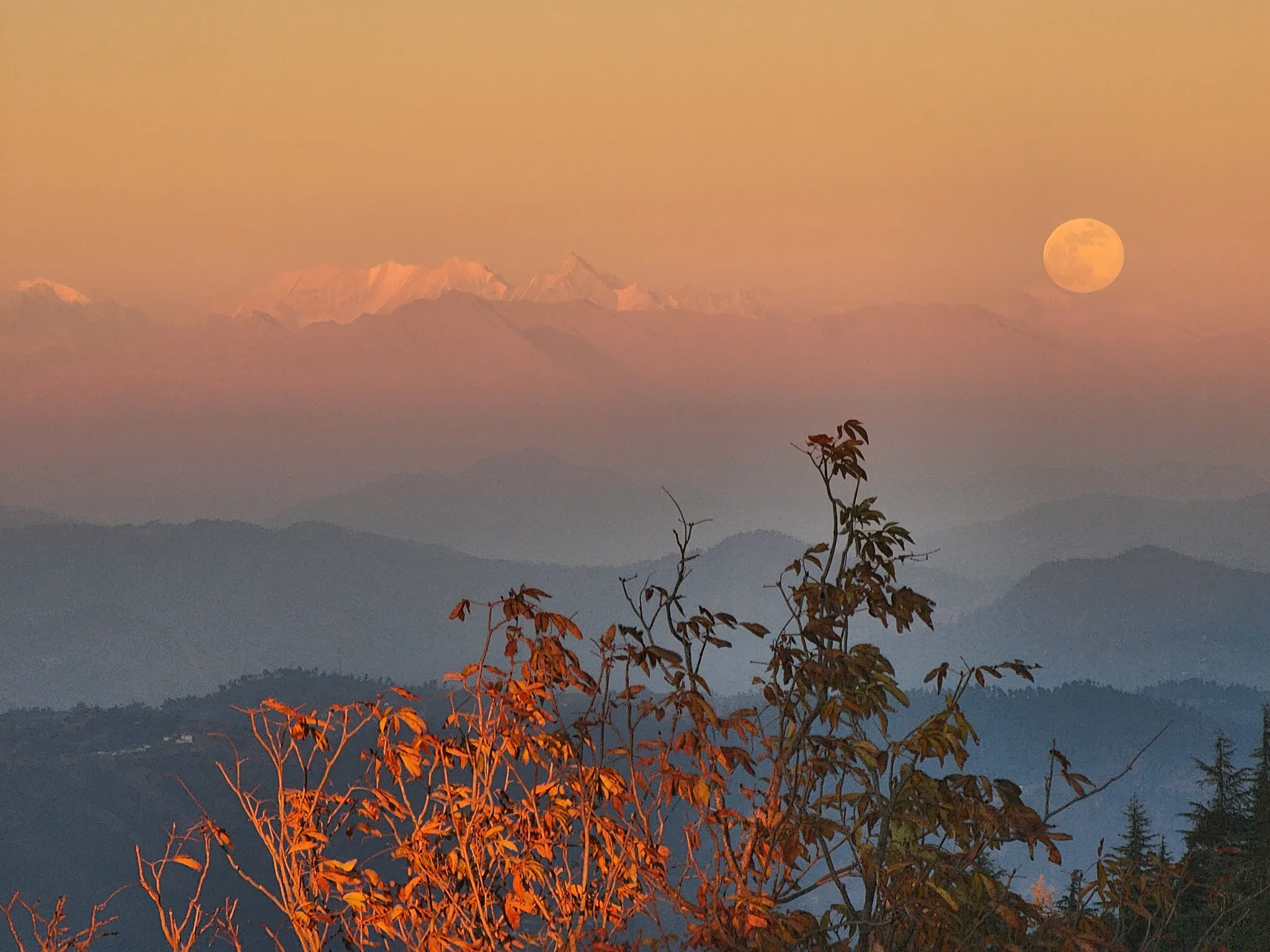
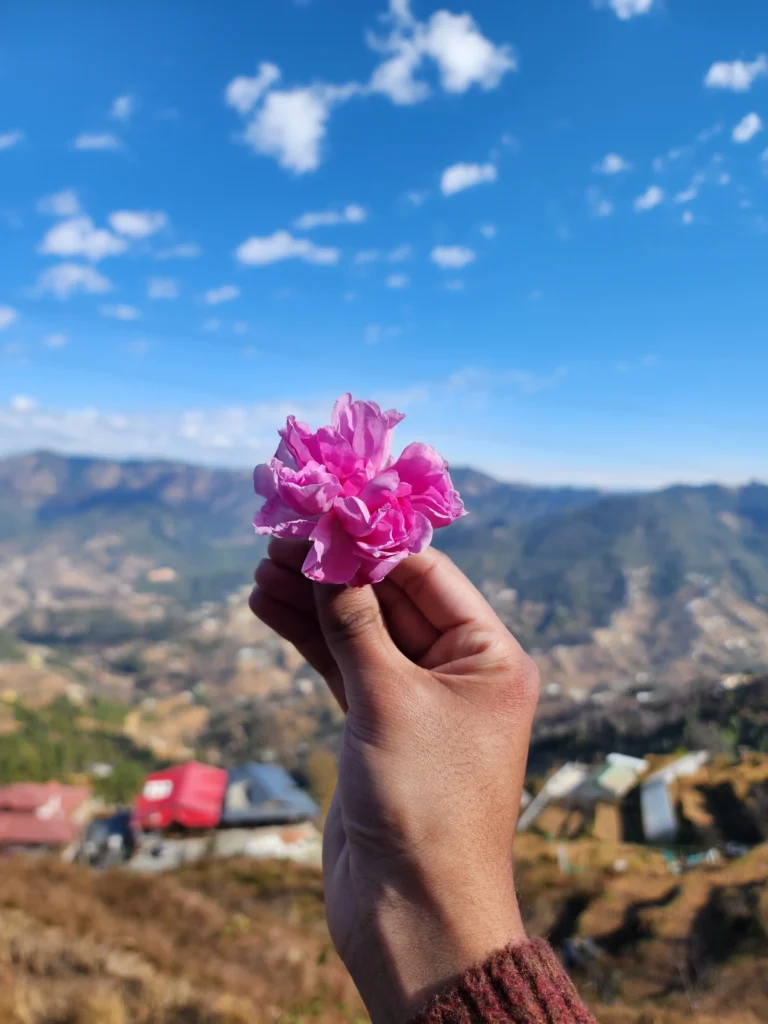
Accompanying our awe of the landscapes was an auditory experience that is completely unfathomable in the concrete jungle of Singapore. To Kwok Zi Hao, our almost-daily treks amidst the serenity of the rustling leaves and the chirping birds offered him the perfect environment to disconnect, recharge and reflect at the end of the semester.
For me, Thakud Peak is the crowning jewel of my personal STEER Himalayas journey. Although we stood at the top of the world and gazed at the endless mountains fading into the horizon, it was the Peak’s soundscape that entranced me. Born and raised in the Singaporean concrete jungle, it was here that, for the first time in my life, I heard how silence could be deafening. Thakud Peak’s coordinates remain pinned in my Google Maps: a whisper of a wish to one day return.

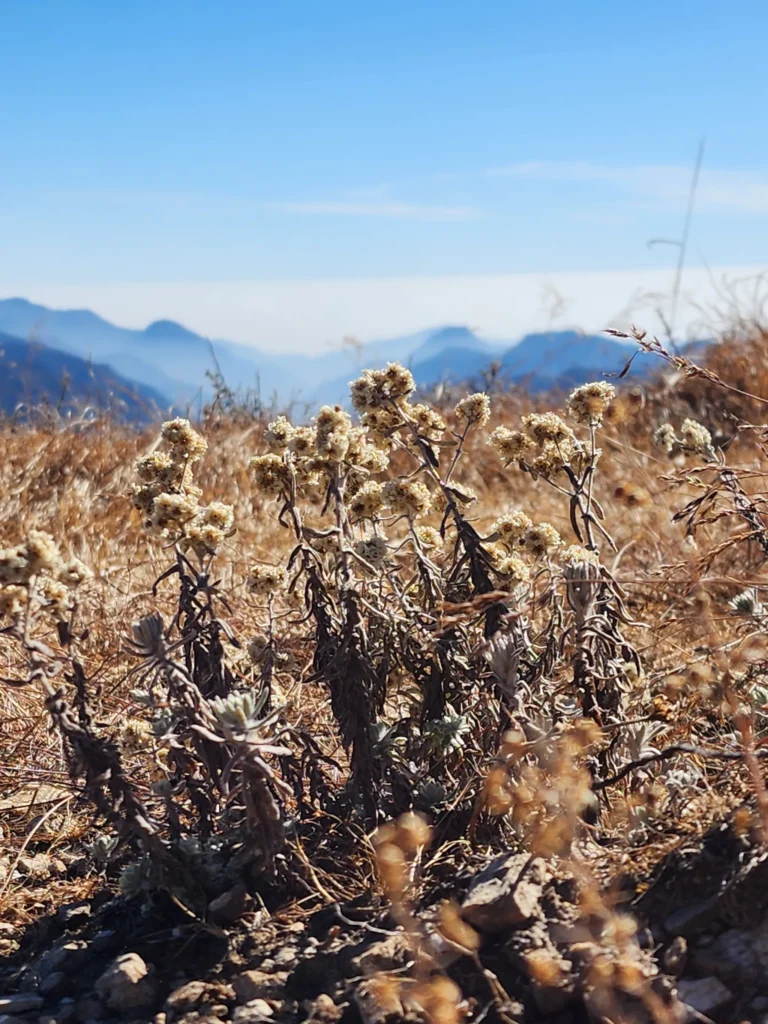
The aforementioned almost-daily treks were an integral component of the trip. Our host, the ecologist and environmentalist Ram, would often pause along the trail to point out rare birds or introduce us to local fruits – which he would promply pluck from the bushes and share with us to eat.
Winnie Tan shared that the immersion in the Himalayan woods, paired with Ram’s thoughtful explanations, opened her eyes to the intricacies of nature that were hidden in plain sight. During these treks, Ram showed us how a keen eye could read the stories written in the forests: how tree trunk markings revealed villagers’ logging habits, or how a scattering of feathers and footprints spoke of a chicken that had recently fallen prey. Reading the hidden tales of the environment is an art that Winnie brought home with her.

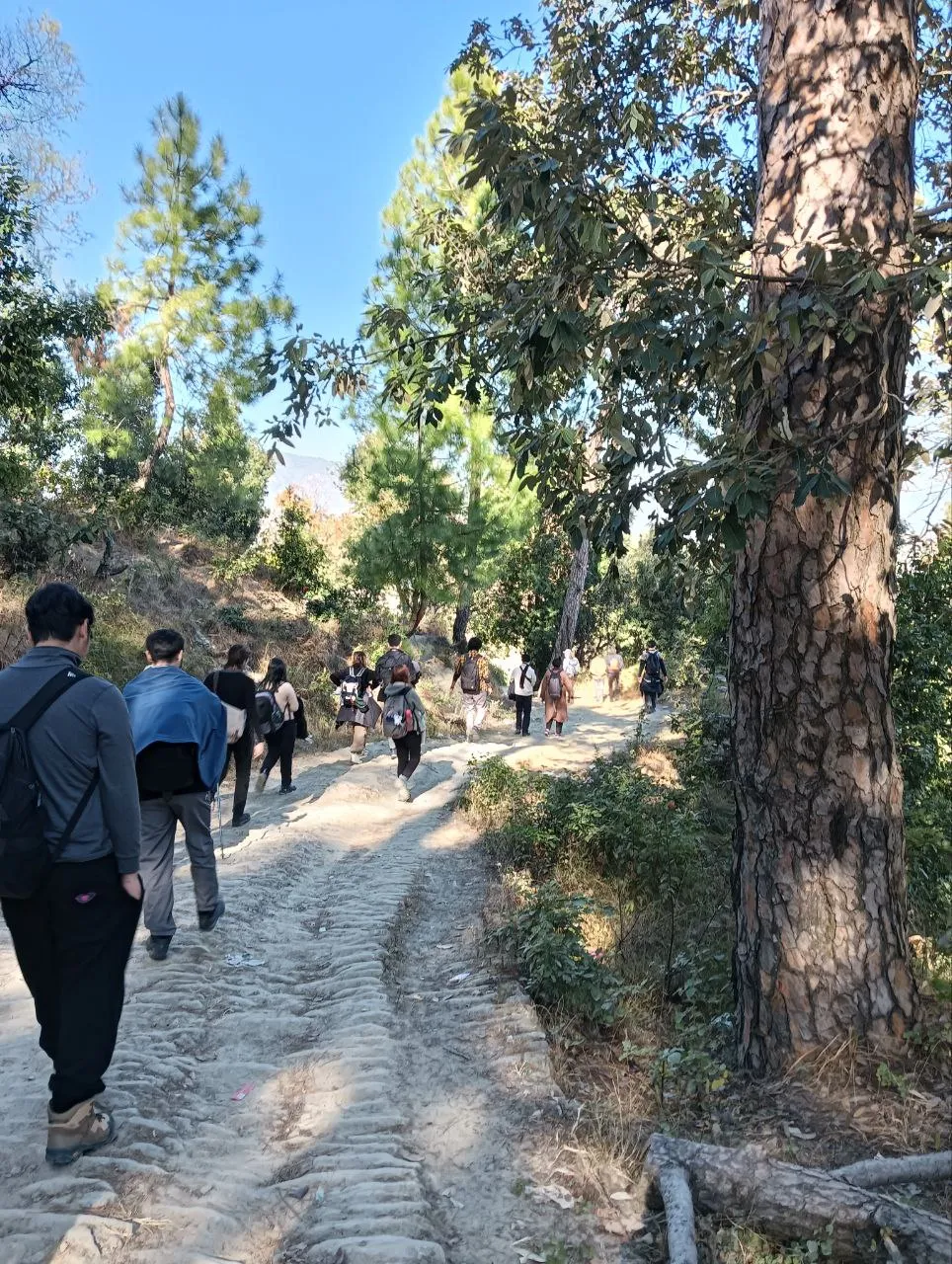

The most profound experience of all, however, was perhaps the consistent exposure to the locals: farmers, teachers, businessmen, young students and respected elders. Conversations facilitated by Ram’s translations welcomed us into the Himalayan world, where the days were laborious and demanding yet still drifting to gentle rhythms.
To Rithik Lenin, this rural Himalayan immersion illuminated how the comforts and conveniences of Singapore are often taken for granted. Esther Ker echoed his sentiments, highlighting how students trek hours every day across the Himalayan hills just to get to school. She admired that despite such hardships, they remained cheerful and appreciative of the smaller, simpler things in life.

For Megan Lee and Zedd Chia, the centrepiece of STEER Himalayas was the raw honesty and authenticity of these conversations: the locals shared about their culture and lifestyle with pride, yet spoke candidly about their daily hardships. This opportunity to intimately connect with a world so foreign to Singapore was what called Zedd to return to the Himalayas a second time.
All in all, STEER Himalayas was a glimpse at a world diametrically opposed to ours: from meticulously planned towns to wild, soaring mountains; from a bustling urban jungle to timeless, whispering forests; from the relentless rush of Singapore to the graceful dance of the Himalayas. Between the peaks of the mountains flowed conversations that etched lessons into our memories – lessons of simplicity, of resilience, of mindfulness and of gratitude.


